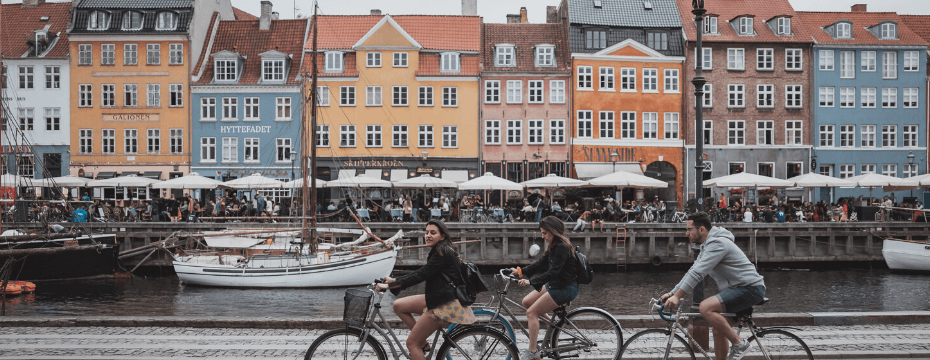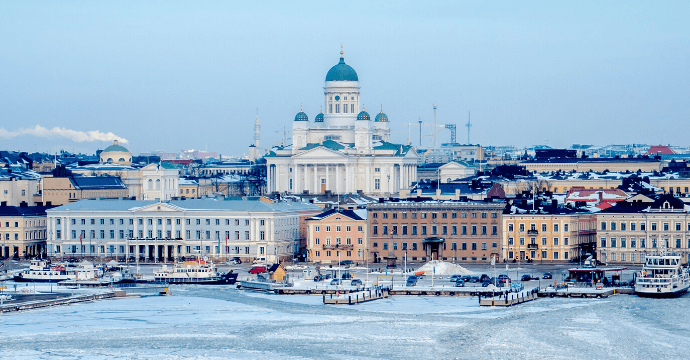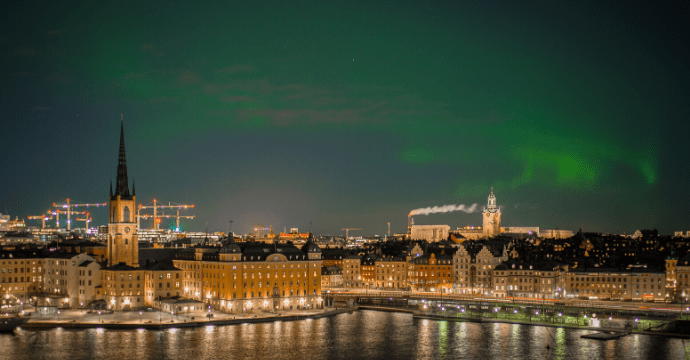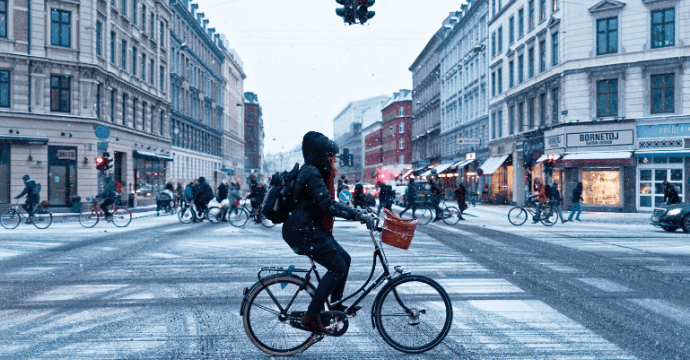Top Five Sustainable Cities

We may have come some way since the Great Smog of London in 1952, but the need for sustainable cities has never been more critical. According to a UN study, over two-thirds of the population will reside in cities by 2050. Expanding urban landscapes bring their fair share of environmental problems. However, some sustainable cities are starting to grab international headlines for their green solutions to age-old problems. We’ve outlined a few shining examples that are winning the war on carbon emissions.
Table of Contents
Vancouver, Canada

Set to a backdrop of jagged mountains and lush forest, Vancouver’s stunning beauty make it the poster boy of sustainable cities. Through the government’s Greenest City Action Plan, the aim is to convert this coastal hub into a waste-free zone by 2040. The council practices what it preaches with low-energy consumption offices and green commuting plans.
The Canadian capital is enjoying the fight to out green its neighbours of Toronto and New York. By enjoying we mean winning. Out of the bunch, Vancouver produces the lowest greenhouse emissions. The city’s vision has resulted in a 23% increase of eco-friendly jobs, and an array of emission-free buildings dotting the streets. Alongside this, nearly a quarter of Canada’s CleanTech companies call the capital home. Go Vancouver!
Berlin, Germany

Hipster, brash, swathed in history, and now environmentally friendly. Many claim that good old German efficiency gets lost in the party scene in Berlin. In spite of this, the capital’s history of being self-sufficient has encouraged its foray into a range of green schemes. Berliner’s passion for self-sufficiency comes from the scarce amount of resources available after the First World War. To this day growing your own food is a rite of passage in the city. It shows that sometimes the old ways really are the best ways.
Combine all this with its love for electric cars and bicycles, and Berlin is snapping at the heels of its Scandi counterparts. The capital has installed more than 400 charging points in its streets and frequently encourages citizens to switch petrol for electric. As well as the growing popularity of electric cars, many locals opt for sharing a vehicle instead of having their own.
Helsinki, Finland

Back in 2002 Helsinki etched itself into the history books by constructing the world’s first solar-powered apartment. Helsinki’s insatiable lust for green innovation is still paving the way 16 years later.
The Finnish capital is now home to its very own green district. Viikki is a 23-hectare residential experiment of urban sustainability. The district harnesses solar and wind energy to provide electricity and warmth in the freezing winter months. Its green approach to life isn’t limited to residents, however. Over 75% of the hotels located in the centre are environmentally friendly. Even those that don’t claim this status implement eco-friendly ways for waste management and energy needs. Why not do as the Finnish do on a trip to this eco-friendly city.
Stockholm

Stockholm was in fact the first winner of the European Green Capital award. Since securing the title in 2010, the Swedish capital is still on an eco quest. This gorgeous and sustainable city scattered over 14 islands is extremely ambitious. The local government aims to banish the use of all fossil fuels by 2040.
To achieve this objective a range of schemes concentrate on raising eco-awareness amongst its residents. Fairs, school campaigns and conferences all embody the green intentions of Stockholm. On top of this, biofuel, generated from sewage waste, powers public transport, and previously wasted heat from its 30,000-seat Olympic stadium is used to heat over 1,000 flats in the centre. After all, waste not want not.
Copenhagen

It comes as no surprise that this list is peppered with Nordic entries. Yet, even for Scandinavian standards, Copenhagen is leading the pack. The Danish are serious about sustainability. One only needs to look at the capital’s target of being the first carbon-neutral city in the world, to see they mean business. At the moment, they’re racing to the finish line and are on track to clinch the title in 2025. Since 2005, Copenhagen has reduced its carbon emissions by a whopping 42%. The government’s eco-incentives seem to be the key to going green.
Aside from the cobbled streets, bohemian attitude and grand Nordic architecture something else is synonymous with Copenhagen: bicycles. The city has catered for commuters by introducing more and more cycle lanes every year. 62% of Copenhageners prefer cycling to work or school than other modes of transport. Tourists are also encouraged to pedal around, as most hotels provide guests with bikes.
Eating organic produce also fits snugly with its trendy, yet eco-friendly, mantra. 24% of the total food sold in the city is organic. Public organisations also ensure that 88% of the food they serve has little, or no impact on the environment. Not bad for a country famous for its bacon.






Comments are closed.